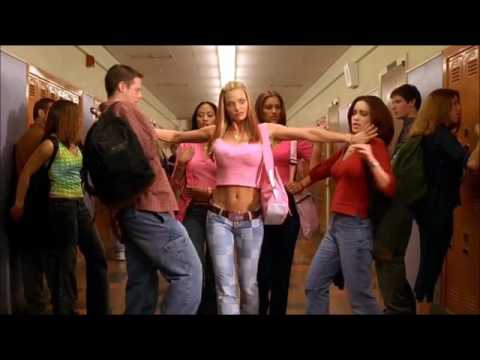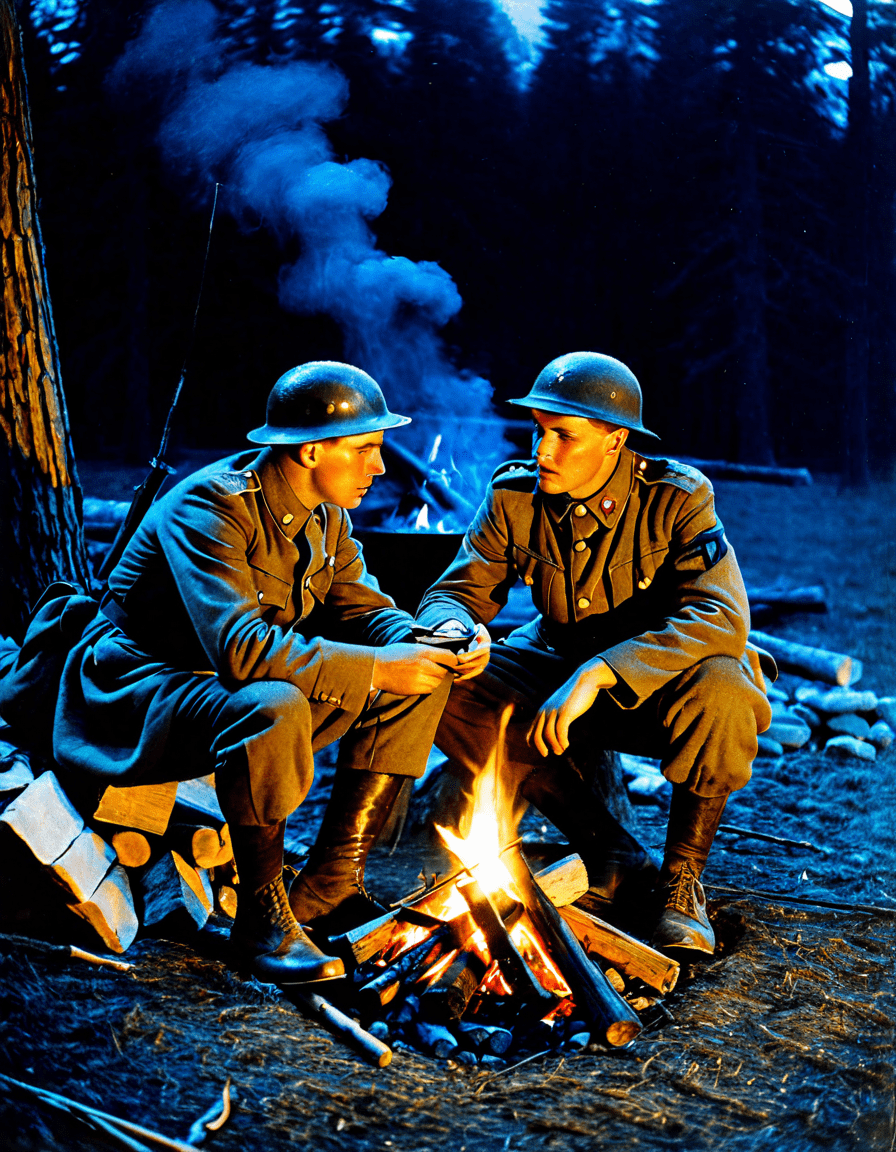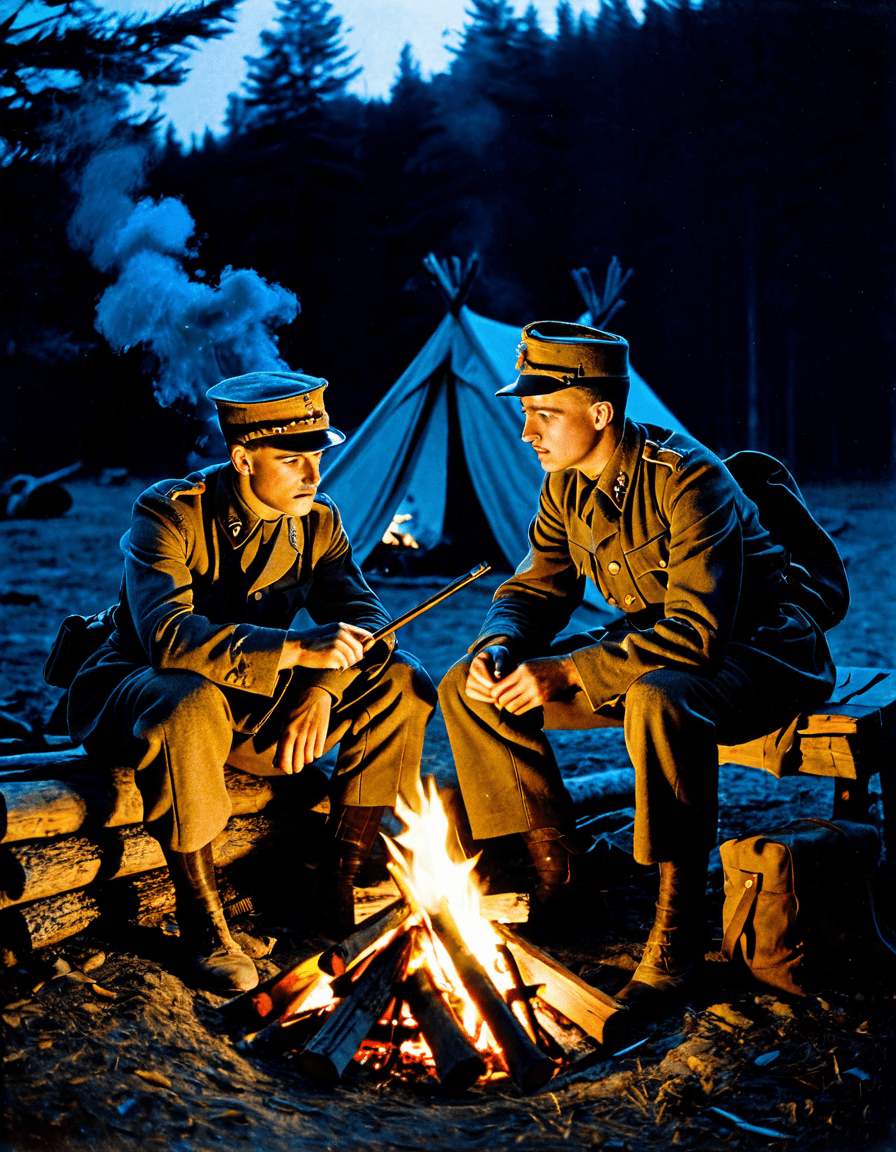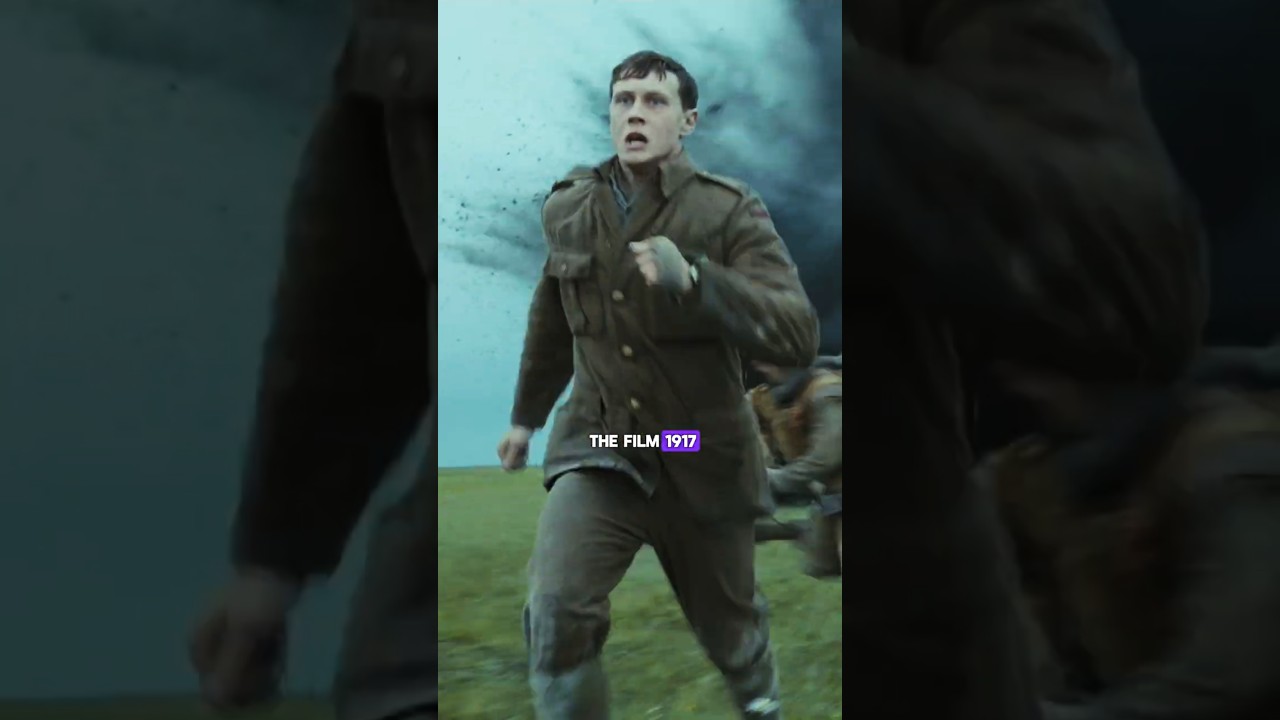When you think about groundbreaking films, 1917 stands out like a lighthouse in the darkness. Directed by Sam Mendes, this World War I epic hit the big screen in 2020 and turned heads with its jaw-dropping cinematography and storytelling wizardry. Packed with raw emotion and high stakes, 1917 challenges the norm, taking viewers on a harrowing journey through the trenches of war like never before.
The film follows two young British soldiers, Blake and Schofield, played brilliantly by Dean-Charles Chapman and George MacKay. Their mission? Deliver a message that could potentially save 1,600 lives—easy peasy, right? But with every step they take, danger lurks around the corner, making audiences hold their breath and appreciate the mere act of survival. Mendes’ artistic prowess not only showcased a gripping story but also opened the floodgates for how war narratives can be portrayed on screen.
The seamless narrative style of 1917 creates an immersive experience. It grabs you by the collar, pulls you in, and refuses to let go until the credits roll. This innovative technique has effectively transformed the cinematic landscape, making it a must-watch for anyone who loves the magic of film.
The Innovative Techniques of ‘1917’

Real-Time Storytelling
One of the reasons 1917 hit so hard is its real-time storytelling approach. Mendes’ decision to craft the film in such a way makes every moment feel urgent and purposeful. As Blake and Schofield race against time, it creates an edge-of-your-seat atmosphere and leaves viewers questioning just how they’ll get through the chaos. It’s more than just a movie; it’s an experience that feels critical and immediate.
Cinematic Techniques Inspired by Video Games
What’s truly refreshing about 1917 is its technique rooted in gaming. If you’ve ever played something like Call of Duty, you’ll recognize how Mendes uses fluid camera work to keep you glued to the action. This sense of immersion speaks volumes, especially to younger viewers who may find traditional war films less engaging. Blending the fast-paced, interactive nature of video games with cinematic storytelling opened new doors for filmmakers to draw inspiration from various mediums.
Environmental Realism
One of the standout features of 1917 is its incredible attention to environmental realism. Mendes teamed up with legendary cinematographer Roger Deakins to meticulously craft the film’s visual aesthetic. Every trench and landscape is designed to scream authenticity. You find yourself not just watching but feeling the grit of the battlefield—a feat that reflects the eerie reality of war.
Top 6 Groundbreaking Aspects of ‘1917’
As mentioned, the tension in 1917 is palpable, largely thanks to Mendes’ near real-time narrative. You can’t help but feel the weight on Blake and Schofield’s shoulders, making every second feel like a lifetime.
Pay attention to that camera work! It feels like you’re playing a thrilling game, creating a level of engagement that’s relatively new for war films.
The carefully chosen backdrops evoke a sense of dread that mirrors the soldiers’ journey. The battlefields feel alive, almost as if they’re characters themselves.
The film’s sound design is chilling—the absence of music at critical moments amplifies tension considerably. Distant artillery sounds make you feel right there in the thick of it.
Beneath all the action lies a profound exploration of sacrifice. Each character reflects on their mortality, making viewers ponder the heavy toll of war.
The impact of 1917 didn’t just stop upon release; rather, it paved the way for films such as All Quiet on the Western Front (2022) to echo its haunting style and emotional gravity.

The Impact of ‘1917’ on Contemporary Cinema
The ripples caused by 1917 extend far beyond the cinema. This film ignited new trends in how stories are told and underscored the importance of empathy in an age where distant conflicts can seem abstract. Up-and-coming filmmakers now look to Mendes as a wellspring of inspiration, hoping to harness that same immersive power in their projects.
As technology continues to evolve, 1917 remains an intriguing case study for how to mesh traditional storytelling with modern filmmaking techniques. It also ushers in a renewed conversation about how war is depicted. Instead of glorifying it, Mendes’ film forces audiences to confront the harrowing realities that soldiers face, inviting a deeper understanding of both historical and contemporary conflicts.
In essence, 1917 proves that young viewers and seasoned cinephiles alike crave rich narratives that resonate. It serves as a poignant reminder of the enduring themes of humanity, love, and loss that run through the heart of war, transcending the chaos to offer deeper insights into what it means to be human.
So, whether you’re a devoted fan of epics like 1917 or someone diving into the vast world of cinema, one thing’s for sure: this film is a game-changer that redefined the war genre, setting the stage for countless stories yet to come. So gear up, because there’s a lot more to discover in the complex, adrenaline-pumping universe of film—if you’re ready to take the plunge!
1917: Groundbreaking Cinematic Journey of War
Behind the Lens of 1917
Did you know that “1917” was filmed in a way that gives the impression of a single continuous shot? This stylistic choice was a bold move by director Sam Mendes, who wanted to immerse viewers in the story fully. This approach took a lot of planning and coordination, akin to how intricate plots were woven in iconic TV shows like Melrose Place—which, by the way, makes you appreciate the art of storytelling even more. Each step taken by the actors had to be perfect, much like the calculated moves of a game show host like Wink Martindale, who had an eye for detail in engaging his audience.
The Star-Studded Cast of 1917
When it comes to talent, 1917 is packed with stars, including George MacKay and Dean-Charles Chapman. But let’s not forget Michiel Huisman’s impressive array of roles, which just goes to show that actors can wear many hats, much like Huisman does in various movies and TV shows. The film’s emotional weight is further enhanced by the presence of actors such as Andrew Scott and Benedict Cumberbatch, making their fleeting appearances memorable. Speaking of memorable, how about Brian Tyree henrys rising foothold in Hollywood? His engaging performances in blockbuster films have made him a name to watch.
Creative Challenges and Inspiration
Creating 1917 wasn’t just about the actors; the film’s design team had to envision the trenches and landscapes of World War I as if they were back in those days. The visuals hold a mirror to the complexities of war, and in doing so, they effectively communicate the harsh realities faced by soldiers. Fun trivia: the crafting of these sets required a leap of creativity similar to what’s seen in films like Black Adam, where the environment plays a crucial role in storytelling. Fun tidbit for fans: Cheech Marins comedic roles may seem worlds apart from the stark realities depicted in 1917, but both demonstrate the versatility of cinema in tackling various subjects.
As audiences watch 1917, they’re not just seeing a movie—they’re experiencing a carefully constructed piece of art that resonates deeply, leaving a significant impact long after the credits roll. Whether it’s the haunting imagery or the heart-stopping tension, every moment feels real, almost like a red Gif coming to life, capturing the essence of that desperate race against time.



![1917 - Official Trailer [HD]](https://www.cinephilemagazine.com/wp-content/cache/flying-press/f700cbbca96cee5fe2c32a0420cb1f6d.jpg)




